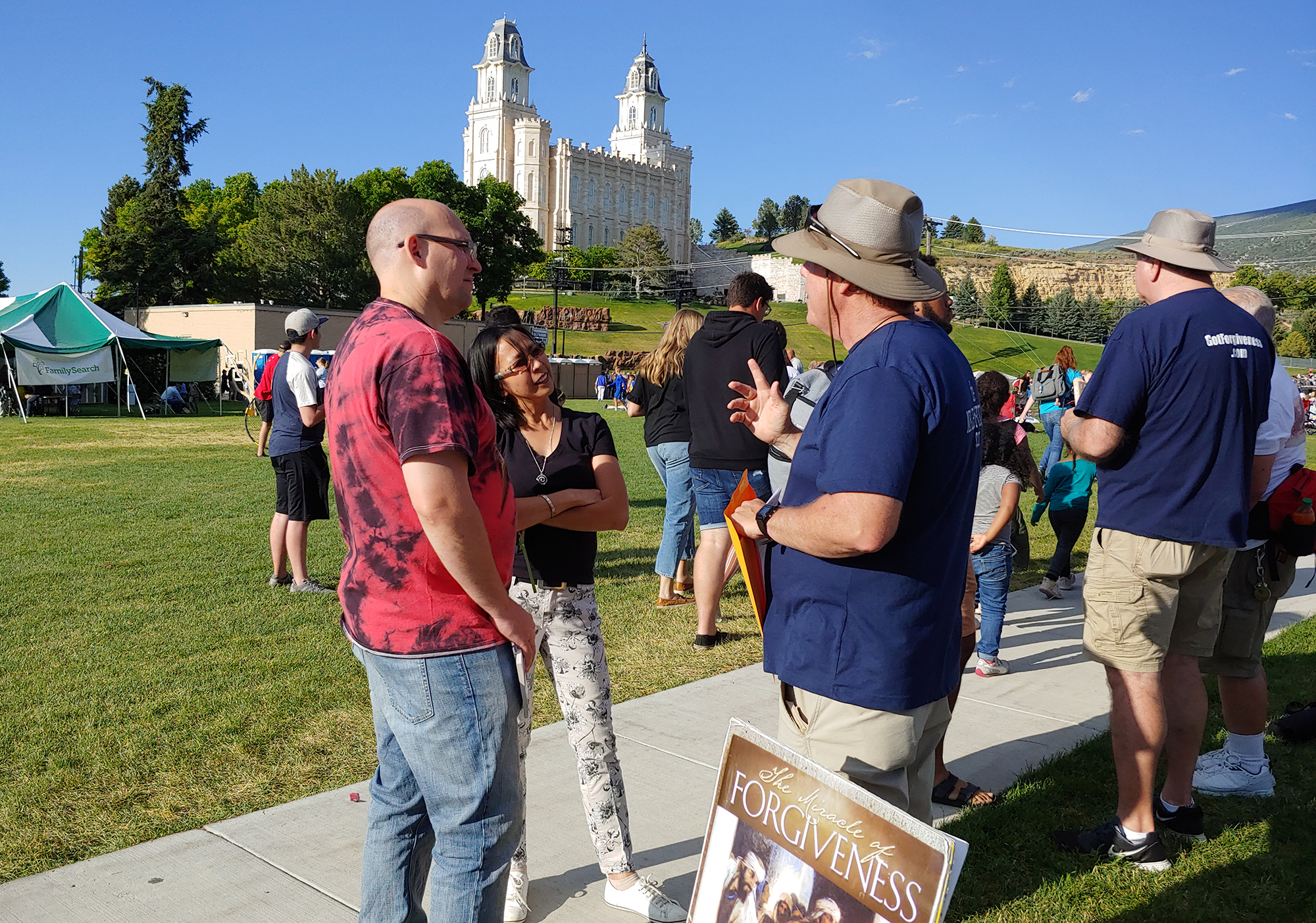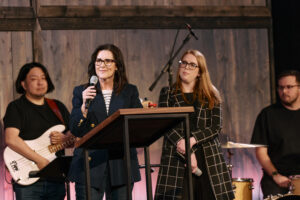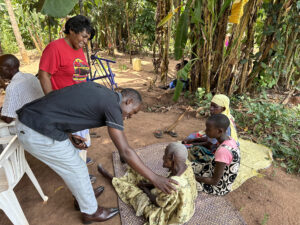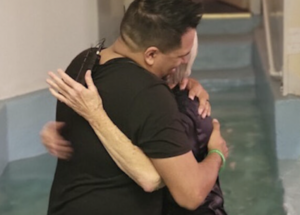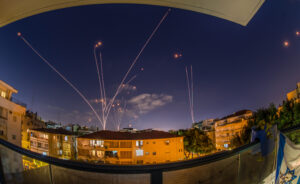
[SLIDESHOW=51730]MANTI, Utah (BP) — Four hundred evangelical witnesses, including Southern Baptists, encouraged one another as they sought to share the Gospel with Mormons who attended the “Mormon Miracle” pageant in Manti, Utah, during the pageant’s 53rd and final year.
The Mormon Miracle, with a cast of 900, was held the last two weekends in June, drawing 100,000 or more Mormons to the rural mountain town and its majestic Gothic/French Revival temple, located two hours southeast of Salt Lake City.
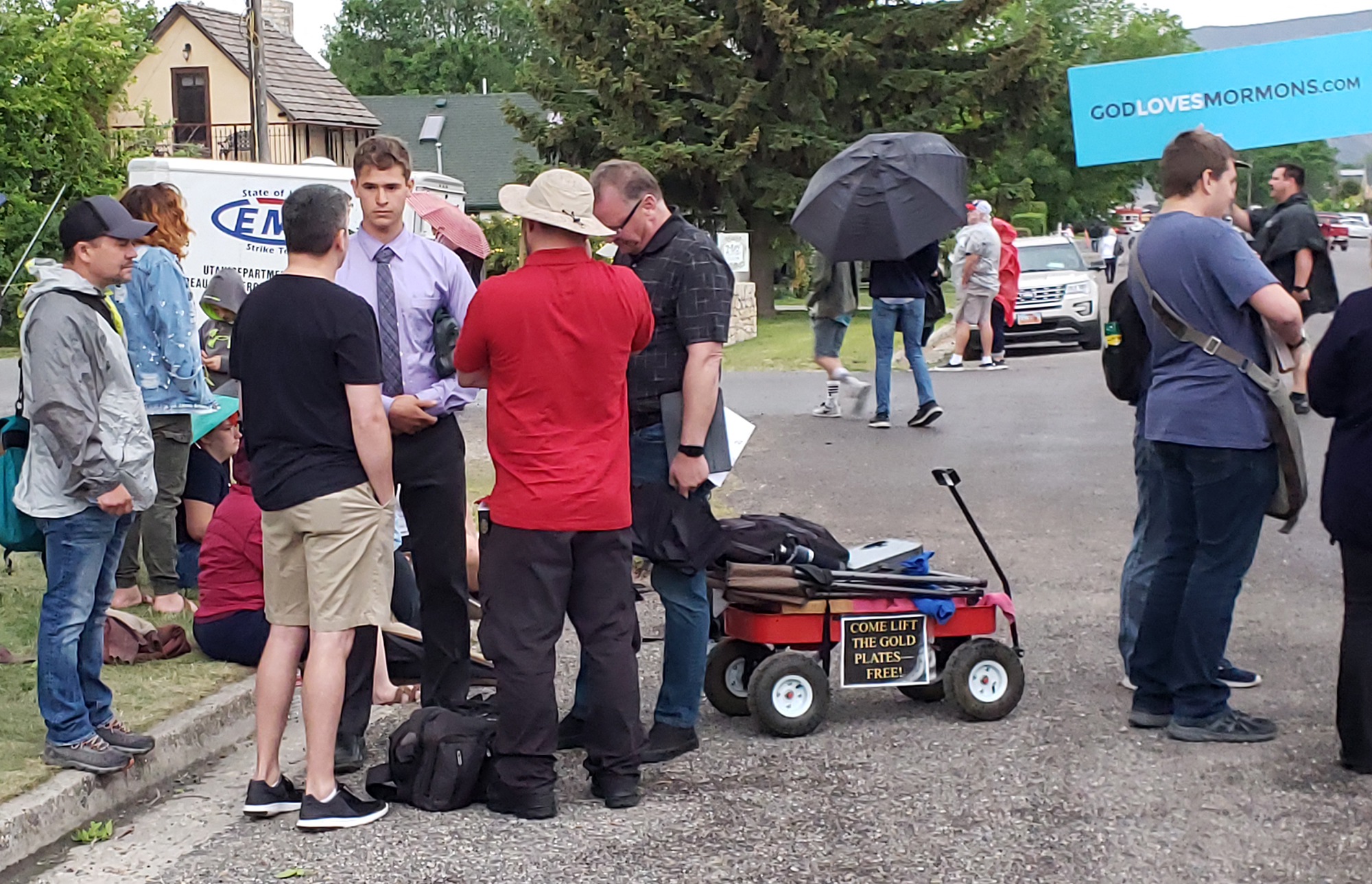 The 90-minute pageant depicts historical “moments” in Mormon history, such as the persecution they faced on their trek West in the 1800s.
The 90-minute pageant depicts historical “moments” in Mormon history, such as the persecution they faced on their trek West in the 1800s.
Suzie Oliver has traveled from Malaysia for 18 years to cook for Christians who come to witness to Mormons on their own turf during the pageant’s six-day schedule.
Oliver’s noontime hot meal of ham and cabbage included several songs and an extended time of prayer on June 21 asking God to “lead these people to the members of the LDS [Latter-day Saints] who are ready for your light to shine in their lives” and to “take the fear of man and replace it with excitement for what You’re doing tonight,” among other prayers voiced under a sun-shaded pavilion in what has become known during the pageant as the “Christian area.”
Dozens upon dozens of dome-shaped tents bordered the pavilion, including at least one Mormon family, where a man at the tent didn’t want to give his name and a woman said, “We’re Christian. We’re LDS,” while five elementary-age children listened with eyes wide open.
Part of the difficulty in witnessing to Mormons stems from the fact they use the same words as evangelical Christians but attach different meanings to them, said James Walker, president of Watchman Fellowship and a member of Fielder Church, a Southern Baptist congregation in Arlington, Texas. He was onsite with a 21-person mission team from June 16-23 that spent the early part of the week in training.
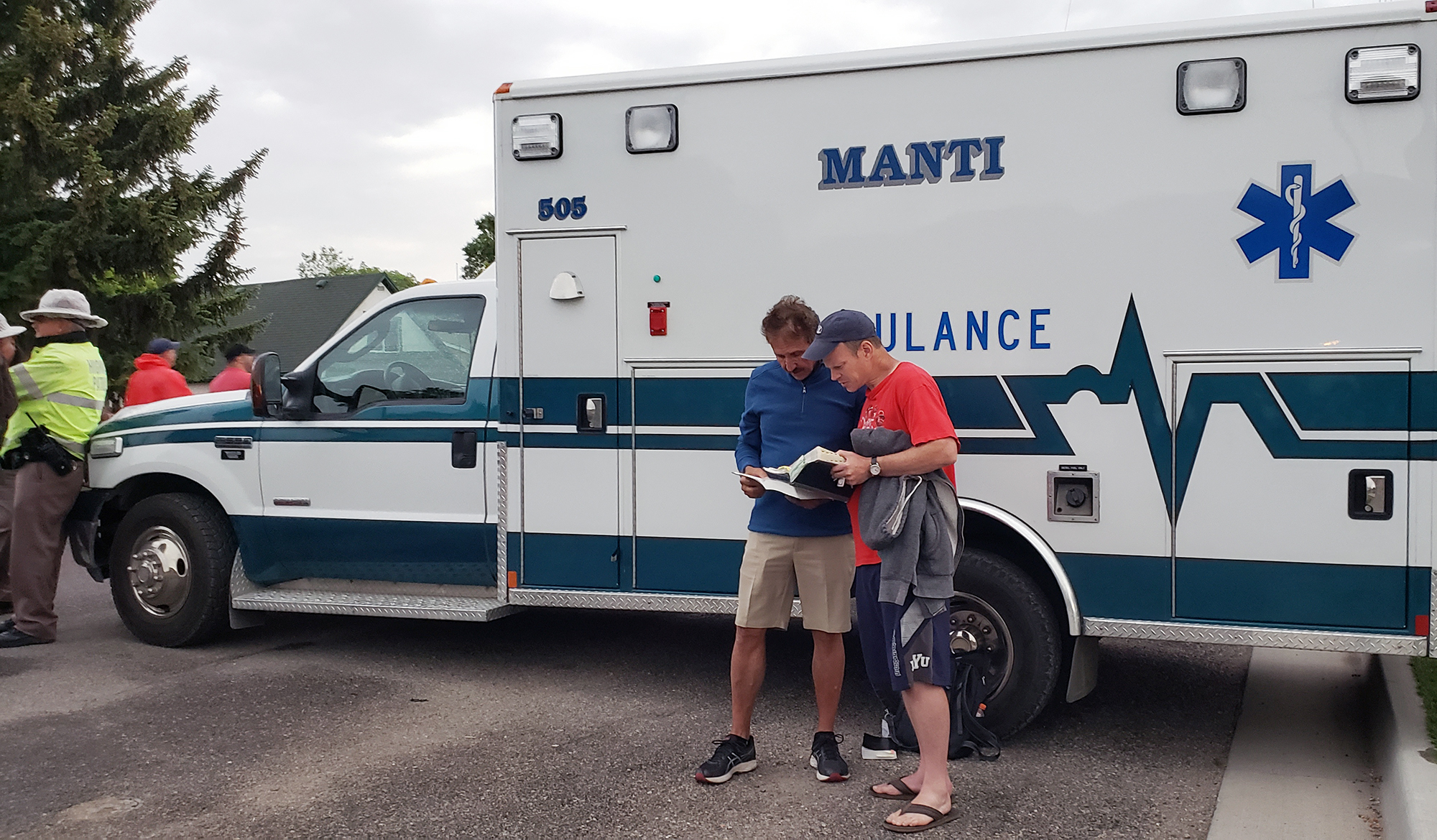 The budding apologists, who came to Manti from several states to share their faith, learned from Walker and Watchman’s senior apologist Brady Blevins, who used Facebook comments by Mormons to help them know how to respond when witnessing. They also heard from Sandra Tanner, a longtime Christian analyst of LDS beliefs, and had a two-hour lunch and training time with Travis Kerns, a Send City missionary with the North American Mission Board.
The budding apologists, who came to Manti from several states to share their faith, learned from Walker and Watchman’s senior apologist Brady Blevins, who used Facebook comments by Mormons to help them know how to respond when witnessing. They also heard from Sandra Tanner, a longtime Christian analyst of LDS beliefs, and had a two-hour lunch and training time with Travis Kerns, a Send City missionary with the North American Mission Board.
And they learned about the Mormon religion by seeing the Mormon Temple in Salt Lake City and by talking for several days with Mormons they encountered in Manti.
The Salt Lake temple is slated to close in January 2020 for a four-year renovation, but will be open when the Southern Baptist Convention’s 2025 annual meeting is held at the Salt Palace Convention Center on June 24-25.
“Mormon leaders have made the tragic mistake of pointing their people toward a church instead of toward the Savior,” Tanner told the Watchman team at her Utah Lighthouse Ministry, a Salt Lake City research center that compares Mormon and Christian doctrines.
“They claim theirs is the only true church and that all others are false and have no authority. This tends to make the people more concerned about the organization than about their relationship with Christ.”
Kerns discussed starting and growing churches in a culturally-Mormon environment, noting the ups, downs and nature of ministry in Utah; the difficulty of spiritual warfare; and the need to have a strong support group “back home” praying and otherwise encouraging those God sends to Utah.
“Don’t come to Utah to focus on Mormons, because you can reach Mormons everywhere across the world,” Kerns told the group that included two men who said they were considering church planting in Utah. “Come to Utah because God has called you here to reach lost people.”
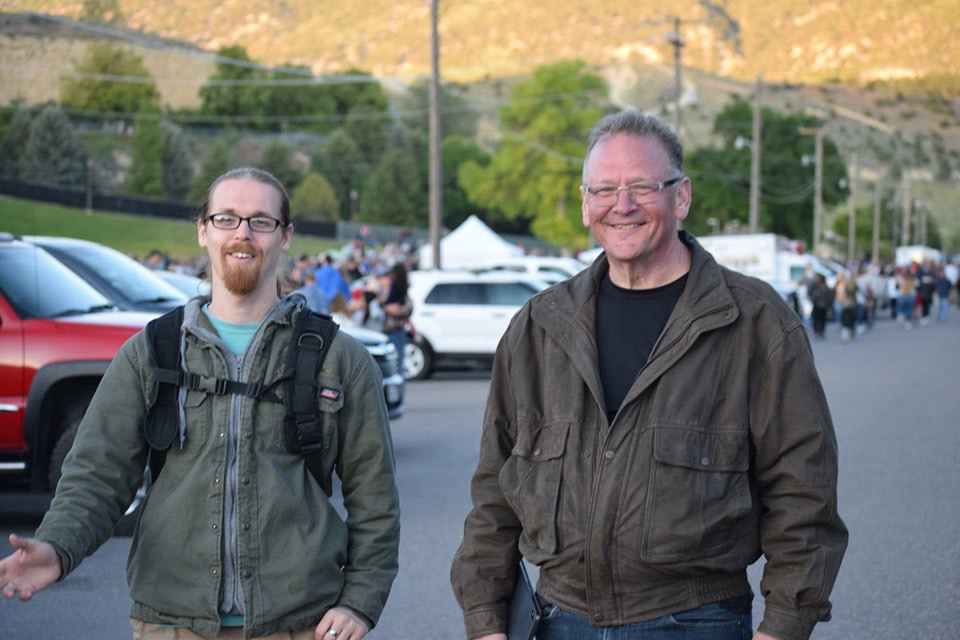 In addition to Watchman Fellowship, several apologetics ministries like Mormonism Research Ministries sent teams to minister in Manti during the pageant. Students from at least three Southern Baptist seminaries — New Orleans, Southwestern and Midwestern — also were on hand to share their faith as part of various groups.
In addition to Watchman Fellowship, several apologetics ministries like Mormonism Research Ministries sent teams to minister in Manti during the pageant. Students from at least three Southern Baptist seminaries — New Orleans, Southwestern and Midwestern — also were on hand to share their faith as part of various groups.
Chris Eller, associate executive director of the Baptist Convention of Iowa who was there, described the pageant as “a great opportunity for whole families to share the Gospel with a group of people who badly need the Gospel right here in our own country.” A 10-year veteran of the evangelistic ministry in Manti, Eller was part of an 18-person group from First Family Church, a Southern Baptist congregation of Ankeny, Iowa.
“What we’re trying to do,” Walker said, “is meet people, build relationships and have Gospel conversations that last longer than just a few minutes. We’ve been coming here long enough that some people seek us out and pick up on conversations we were having last year. It might take seven years for someone with doubts about their religion [Mormonism] to come to a true faith in the Jesus of the Bible.”
Bill McKeever of Mormonism Research Institute pulled a child’s red wagon in Manti, stopping in the middle of street closed off to vehicular traffic when asked to explain the wagon’s contents.
A group of about 20 listened as McKeever explained that the heavy ring-bound “book” of metal plates in the wagon was a replica of what Joseph Smith said he found in the woods prior to founding in 1830 what today is known as The Church of Jesus Christ of Latter-day Saints. Smith wrote that he was accosted three times while carrying the book written by an angel-man named Mormon — hence, Book of Mormon. According to Smith, the plates were returned to Moroni and haven’t been seen since.
“If the plates aren’t real, Moroni [the angel-man who protected Mormon’s book] isn’t real,” McKeever stated. “Does it honor God to believe something that is false? Is dishonoring God a sin?”
A listener dressed in African attire stalked away after objecting vociferously to McKeever. “I believe what I want to believe,” he shouted while waving his hands as if to clear the air of the words that troubled him.
Several other evangelistic groups had their own attention-drawing items for interacting with Mormons. Still others just chatted with people until they found receptivity. By the end of the six days — two weekends of three days each, almost two dozen professions of faith had been reported, and countless seeds were sown.
“We’re here to share God’s unconditional love,” Walker said, “with those who so desperately need to hear it.”
